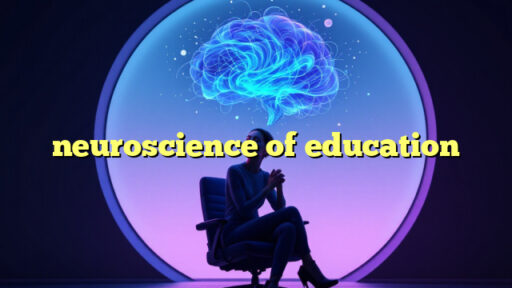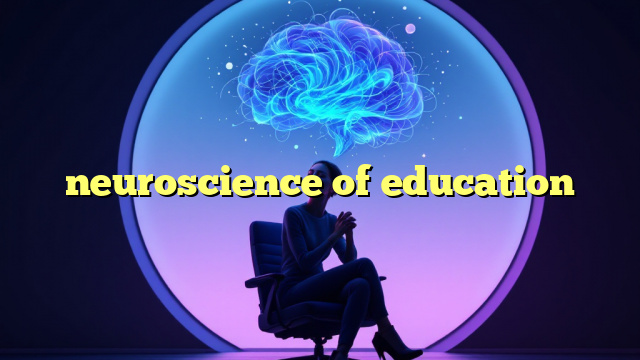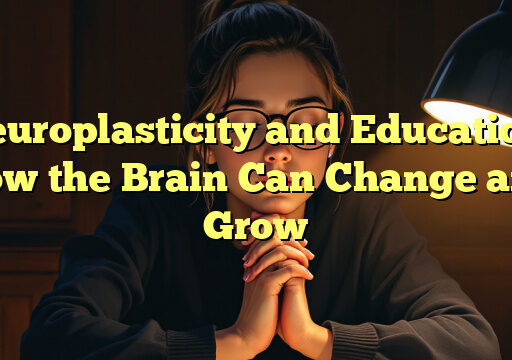Neuroscience has begun to play an increasingly important role in the field of education. Understanding how the brain processes information and learns new things can greatly impact how educators approach teaching and learning. By studying the neural processes that underlie learning, researchers are able to uncover valuable insights that can be applied in the classroom to enhance educational practices.
Benefits of Applying Neuroscience to Education
One of the main benefits of applying neuroscience to education is the ability to optimize learning strategies. By understanding how the brain learns best, educators can tailor their teaching methods to be more effective and efficient. For example, research has shown that incorporating activities that engage multiple senses can enhance learning outcomes. By using a variety of teaching techniques that appeal to different parts of the brain, educators can help students retain information more effectively.
Another benefit of incorporating neuroscience into education is the potential to improve student motivation and engagement. By understanding the neural processes that drive motivation, educators can design learning experiences that are more rewarding and engaging for students. This can lead to increased participation and enthusiasm for learning, ultimately resulting in better academic outcomes.
Neural Basis of Learning
Learning is a complex process that involves the activation of various regions of the brain. When we learn something new, neurons in our brain form new connections and strengthen existing ones. This process, known as synaptic plasticity, is essential for encoding and retaining new information.
Key brain regions involved in learning include the hippocampus, which is responsible for forming new memories, and the prefrontal cortex, which plays a critical role in higher-order cognitive functions such as problem-solving and decision-making. By understanding how these brain regions work together, educators can design learning experiences that optimize the neural processes involved in learning.
Implications for Education
By leveraging insights from neuroscience, educators can implement evidence-based teaching practices that are more effective in enhancing student learning. For example, incorporating spaced repetition, which involves revisiting material at intervals to strengthen memory retention, has been shown to improve long-term learning outcomes.
Additionally, understanding the role of emotions in learning can help educators create a positive learning environment that fosters student engagement and motivation. By incorporating activities that promote emotional well-being, educators can help students develop a positive attitude towards learning and improve their overall academic performance.
Conclusion
Integrating neuroscience into education offers a range of benefits that can enhance teaching and learning practices. By understanding the neural basis of learning, educators can design more effective teaching strategies that optimize student engagement and retention of information. By harnessing the power of the brain, educators can create a learning environment that is conducive to academic success.
FAQs
What is the neuroscience of education?
The neuroscience of education is a field of study that examines how the brain processes information and learns new things, with the goal of applying this knowledge to improve educational practices.
How can neuroscience benefit education?
Neuroscience can benefit education by providing insights into how the brain learns best, which can inform the development of more effective teaching strategies and enhance student engagement and motivation.
What are some key brain regions involved in learning?
Key brain regions involved in learning include the hippocampus, which is responsible for forming new memories, and the prefrontal cortex, which is involved in higher-order cognitive functions such as problem-solving.
Unlock Your Mental Potential




